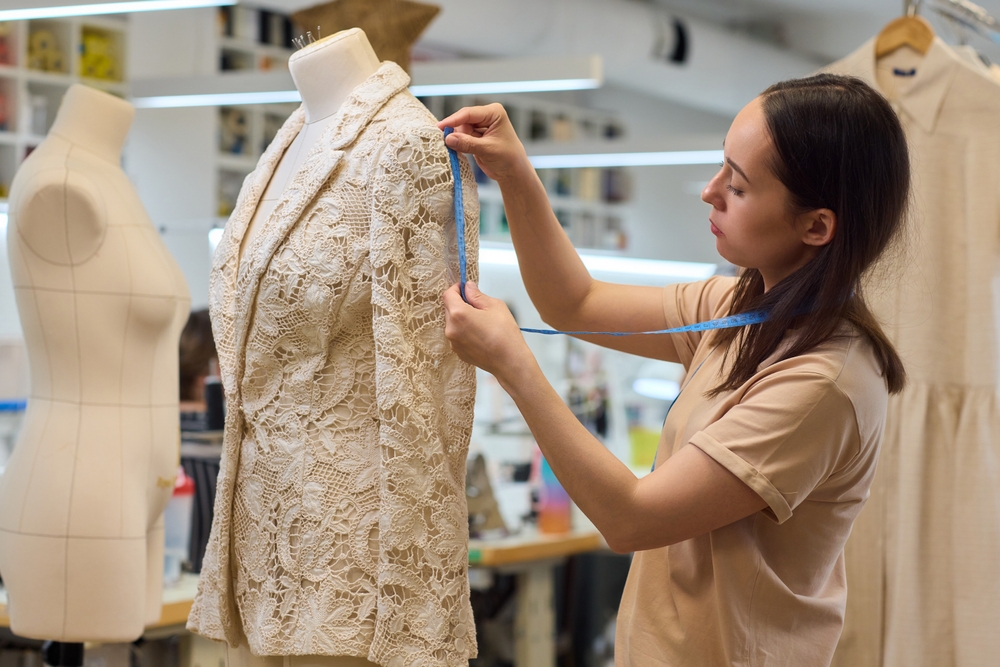How to master sketching and illustration for clothing concepts
Mastering sketching and illustration for clothing concepts helps designers communicate ideas, refine silhouettes, and bridge creative vision with technical execution. This article outlines practical exercises, tool choices, and integration with patternmaking, prototyping, and digital workflows to improve clarity and consistency in design work.

Mastering sketching and illustration for clothing concepts starts with regular practice and a structured approach to observation, proportion, and gesture. A clear visual language lets you convey how an apparel idea moves, how textiles respond, and how stitching or tailoring will affect final form. Learning to combine freehand sketching with technical flats and CAD visuals improves communication with patternmakers, sewing teams, and manufacturers, while also strengthening your portfolio.
Sketching fundamentals for apparel concepts
Begin with gesture drawing to capture posture, proportion, and movement; these quick sketches help represent how a garment interacts with a body. Focus on silhouette and primary lines before adding details like seams or closures. Use croquis templates sparingly to maintain consistent proportions while you learn, then vary poses to show how a garment drapes or stretches across joints. Regular practice improves speed and confidence when conceptualizing multiple looks.
Develop a shorthand for common features—pockets, collars, hemlines—and practice using tone and line weight to suggest fabric weight and texture. Incorporate annotations indicating stretch, lining, or interfacing so sketches serve both creative and technical purposes.
Illustration techniques for garment visualization
Illustration emphasizes texture, color, and mood. Combine markers, colored pencils, and digital brushes to indicate textiles, prints, and surface treatments. Study how light and shadow define folds and stitching; these cues tell viewers whether a fabric is structured, flowing, or layered. Experiment with mixed-media swatches on sketches to convey realistic textile behavior and tactile experience.
Create mood-driven illustrations that sit alongside technical flats: one communicates aesthetic intent, the other provides construction guidance. Consistent visual standards in both types strengthen your portfolio and clarify intent for collaborators.
Integrating textiles, draping, and tailoring in sketches
Understand the properties of textiles—weight, weave, stretch, and hand—and show their effect on draping and tailoring choices. Sketching drape lines and seam ease helps predict how fabric will fall around curves and joints. When illustrating tailored garments, emphasize structure points like shoulder pads, darts, and interfacing to distinguish between soft and engineered silhouettes.
Use small fabric swatch photos or samples next to sketches in your working files to reference texture and color. This practice improves alignment between concept and prototype during fittings.
Patternmaking, prototyping, and sewing considerations
Translate illustrated concepts into patterns by noting key measurements, seam allowances, and construction sequences directly on technical flats. Collaboration with patternmaking and sewing teams is smoother when sketches include clear references: grainlines, notches, and stitch types. During prototyping, compare the muslin or sample to your original sketch to identify necessary adjustments in ease and balance.
Keep a log of prototyping iterations and the sewing techniques used; documenting stitching methods and reinforcement points supports consistent results across sizes and reduces rework during production.
Building a portfolio and branding with CAD tools
Present a balanced portfolio that includes sketch studies, illustrated looks, technical flats, and CAD-generated patterns. CAD tools streamline grading, pattern adjustments, and precise technical drawings, while hand-rendered illustrations communicate brand mood. When assembling branding materials, ensure visual consistency in color palettes, typography, and layout so your sketches reinforce the label’s identity.
Use a mix of digital and analog assets to demonstrate versatility: recruiters and clients often look for designers who can move seamlessly between freehand ideation and CAD-based technical execution.
Sustainability, stitching details, and manufacturing notes
Illustrations can communicate sustainability priorities by indicating recycled textiles, zero-waste pattern strategies, or modular design elements. Show stitching and reinforcement details clearly to reduce material waste and extend garment lifespan. Annotate suggested manufacturing techniques and finishing methods that align with the sustainability goals of a collection.
When specifying stitching, note thread type, stitch length, and seam finishes; these details affect durability and repairability, and they help manufacturers price and plan production stages more accurately.
Conclusion
Mastering sketching and illustration for clothing concepts involves a balance of observational drawing, detailed technical notation, and familiarity with textiles, sewing, and digital tools. By refining gesture work, integrating draping and tailoring cues, collaborating with patternmaking and sewing teams, and curating a portfolio that blends hand-rendered and CAD assets, designers communicate ideas more clearly and move concepts into well-executed garments with greater confidence.





